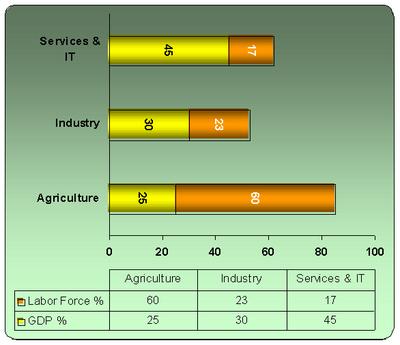Wholeness – Greeks, Vedas & Quantum Physics
The concept of ‘Wholeness’ or ‘Oneness’ is more than 2000 years old, from Greek philosophers in the Western civilization to the Vedic scholars in the Eastern culture. So, the debate over mind (Consciousness) and matter is not new. These concepts were broadly classified under Monism (in Greek, ‘monos’ means single) and Dualism.
Monism and Dualism from Ancient Greek Philosophers
The term monism was first used by a German philosopher, Christian Wolff (1679-1754), even though the philosophies date back to Ancient Greek philosophers. A prominent Greek philosopher, Parmenides, proposed matter and mind as a single entity. According to Monism, the ultimate reality comprises matter or mind (Consciousness), a third substance, or a combination of all.
Based on these, Monism is further classified into three.
Monism | Dualism |
Materialistic | Idealistic | Neutral |
|
Ernst Haeckel | Plato | Parmenides | S | Rene Descartes |
| George Berkeley | Baruch Spinoza | S |
|
| Immanuel Kant | Bertrand Russell | A |
|
| G W Hegel | Thomas Hobbes | A |
|
Schopenhauer
G W Leibniz
1.
1. Materialistic Monism says everything in the universe comprises just one substance, ‘matter,’ and the mind is a by-product.
2. Idealistic Monism says everything in the universe is based on Consciousness (mind), and matter is an illusion.
3. Neutral Monism says that matter and mind can be reduced to form a new substance or energy.
· Substantival Monism (“One Thing”) believes that there is only ‘one thing’ and God, mind, and matter is part of this ‘one thing.’ The 17th-century Dutch philosopher Baruch Spinoza (1632-1677) proposed this view. Along with Western philosophers, Eastern mysticism also encourages similar views.
· Attributive Monism (“One Category”) believes that there is only ‘one thing’ however, it is made up of different things like matter and the mind. It disagrees with substantive monism, emphasizing that reality is not made up of ‘one thing’; instead, it is composed of multiple things.
In Hinduism, Advaita Vedanta subscribes to Substantival Monism, emphasizing the atomicity of the mind and the matter, while in Buddhism, all things are part of a connected world. Creationist philosophy supports the belief that God (Consciousness) and the creature (subject) are separate entities. God is the supreme, and ‘Idealism’ is the only theologically acceptable Monism.
One should know that nature is an illusion (Maya), and Brahman is the illusion maker
- Svetasvatara Upanishad
Dualism
Monism & Dualism in Eastern Mysticism
(work in progress………… watch out this space….)















